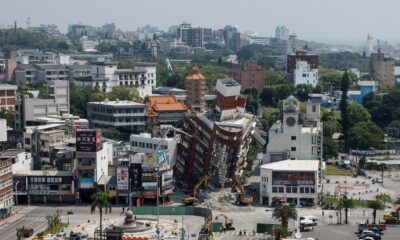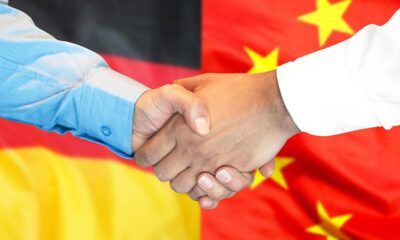China
Beijing’s self-sabotage in the South China Sea
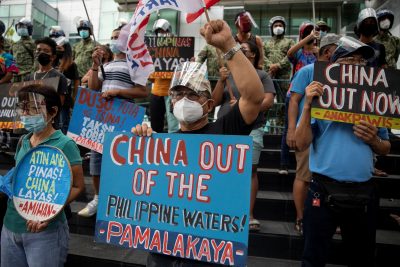
Author: Gregory Poling, CSIS
The situation in the South China Sea continues to deteriorate — military tensions are rising, Southeast Asian states are losing space to exercise their rights, fisheries are sliding closer to collapse and China is undermining its goal of regional and global leadership. Facing regular coercion, China’s neighbours are growing increasingly disillusioned about its long-term intentions and, alongside international partners, are strengthening their objections to Beijing’s claims.
China significantly increased its coast guard patrols and military exercises in disputed waters from 2020, and dangerous harassment of Southeast Asian oil and gas operations by Chinese law enforcement and retaliatory seabed surveys became the new normal. Then in January 2021, Beijing passed a law strengthening the China Coast Guard’s (CCG) authority to enforce maritime claims, by force if necessary. The law may be ambiguous, but its tough language and vast scope raised anxieties.
In March, the Philippines reported more than 220 Chinese maritime militia vessels gathered at Whitsun Reef in the disputed Union Banks. The Philippine Coast Guard conducted several patrols to the reef and the government released photos and video of the militia flotilla. Vietnam soon did the same. The embarrassment and diplomatic tension got Beijing’s attention and it temporarily dispersed the fleet to other nearby reefs. But the militia boats returnedand by October their numbers were approaching 200.
The oil and gas standoffs that have been routine since 2019 also continue. In June 2021, CCG vessels began patrolling around Malaysian drilling operations in the Kasawari gas field off Sarawak, targeting offshore supply vessels. Chinese military planes simultaneously patrolled near Malaysian air space, prompting Kuala Lumpur to scramble jets and issue a diplomatic protest. In September, China seemed to retaliate against a drilling operation by conducting a seabed survey on Malaysia’s continental shelf.
In July, China and Indonesia got into their first real spat over hydrocarbons when an Indonesian-licensed rig began drilling two appraisal wells in the country’s Tuna block at the southern edge of the South China Sea. CCG vessels patrolled around the rig for the next four months. China also deployed a survey ship with a CCG escort to conduct a seabed survey of Indonesia’s continental shelf — carefully tracing the edge of China’s ‘nine-dash line’ — as Indonesian Navy vessels shadowed it.
A dangerous incident took place in November when China turned high-pressure water cannons on a civilian ship resupplying Philippine troops on Second Thomas Shoal. The outcry from Manila — and US and European officials — was swift. China didn’t interfere with a second resupply attempt a week later. This occurred just as candidates for the 2022 Philippine presidential elections were being finalised. Predictably, most hurriedly promised a tough stance on China.
This steady stream of bad behaviour is galvanising the region. For the first time since 2016, most Southeast Asian claimants and a chorus of international partners agree that China’s behaviour is destabilising and are voicing those concerns. They are also increasingly open to greater cooperation to strengthen their positions and push back.
This shift is most evident in the Philippines.
In July, Philippine President Rodrigo Duterte decided to cease abrogating the US–Philippines Visiting Forces Agreement. Both countries subsequently agreed to develop a ‘bilateral maritime framework’ and resume construction projects under the long-stalled 2014 Enhanced Defense Cooperation Agreement (EDCA) which allows the US to access and upgrade select Philippine military bases. In November, they held their first Bilateral Strategic Dialogue in two years and announced plans to develop bilateral defence guidelines and conclude a General Security of Military Information Agreement. The Philippines has also stepped up patrols in the South China Sea and intends to deploy Coast Guard vessels to Thitu Island in the Spratlys.
The most important question for the South China Sea in 2022 is whether the turnaround in Philippine foreign policy will continue after the mid-year presidential transition. The US and Philippine defence establishments will try to lock in the recent alliance gains, with the United States already rapidly dispersing construction funds for the EDCA sites. Further high-level visits are likely as Washington seeks to prove that it is serious about forging a more robust and…
China
A Timeline of US-China Relations during the Biden Administration
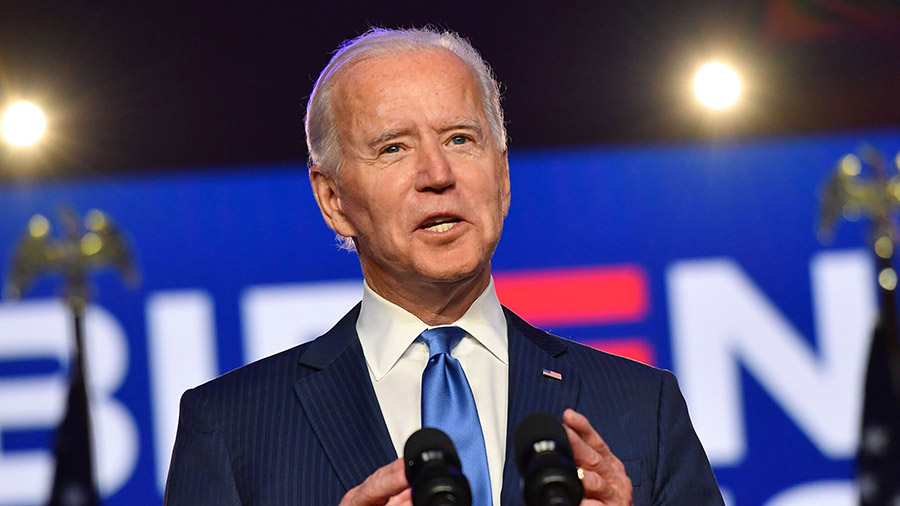
Joe Biden became the 46th president on January 20, 2021, offering a chance to improve US-China relations after escalating tensions under Trump. The Biden administration’s approach to China will be closely monitored for any shifts in policy. On day 1169 (April 2, 2024), Presidents Xi and Biden hold a phone call.
On January 20, 2021, Joe Biden was sworn in as the 46th president of the United States, offering a chance to change the course of US-China relations, which had hit a low point under the outgoing Trump administration.
The four years witnessed escalating trade tensions culminating in a trade war and sanctions on Chinese technology companies.
Will the Biden administration be accommodating of China or take advantage of the new status quo established under his predecessor?
China Briefing previously monitored and documented major developments during the US-China trade war in the Trump era.
Here, we present a fresh timeline that will track key developments affecting bilateral ties between the world’s two largest economies under the Biden administration.
Day 1169 (April 2, 2024): President Xi Jinping and President Joe Biden Hold Phone Call.
This article is republished from China Briefing. Read the rest of the original article.
China Briefing is written and produced by Dezan Shira & Associates. The practice assists foreign investors into China and has done since 1992 through offices in Beijing, Tianjin, Dalian, Qingdao, Shanghai, Hangzhou, Ningbo, Suzhou, Guangzhou, Dongguan, Zhongshan, Shenzhen, and Hong Kong. Please contact the firm for assistance in China at china@dezshira.com.
China
Taiwan accelerates recovery efforts after worst quake in 25 years
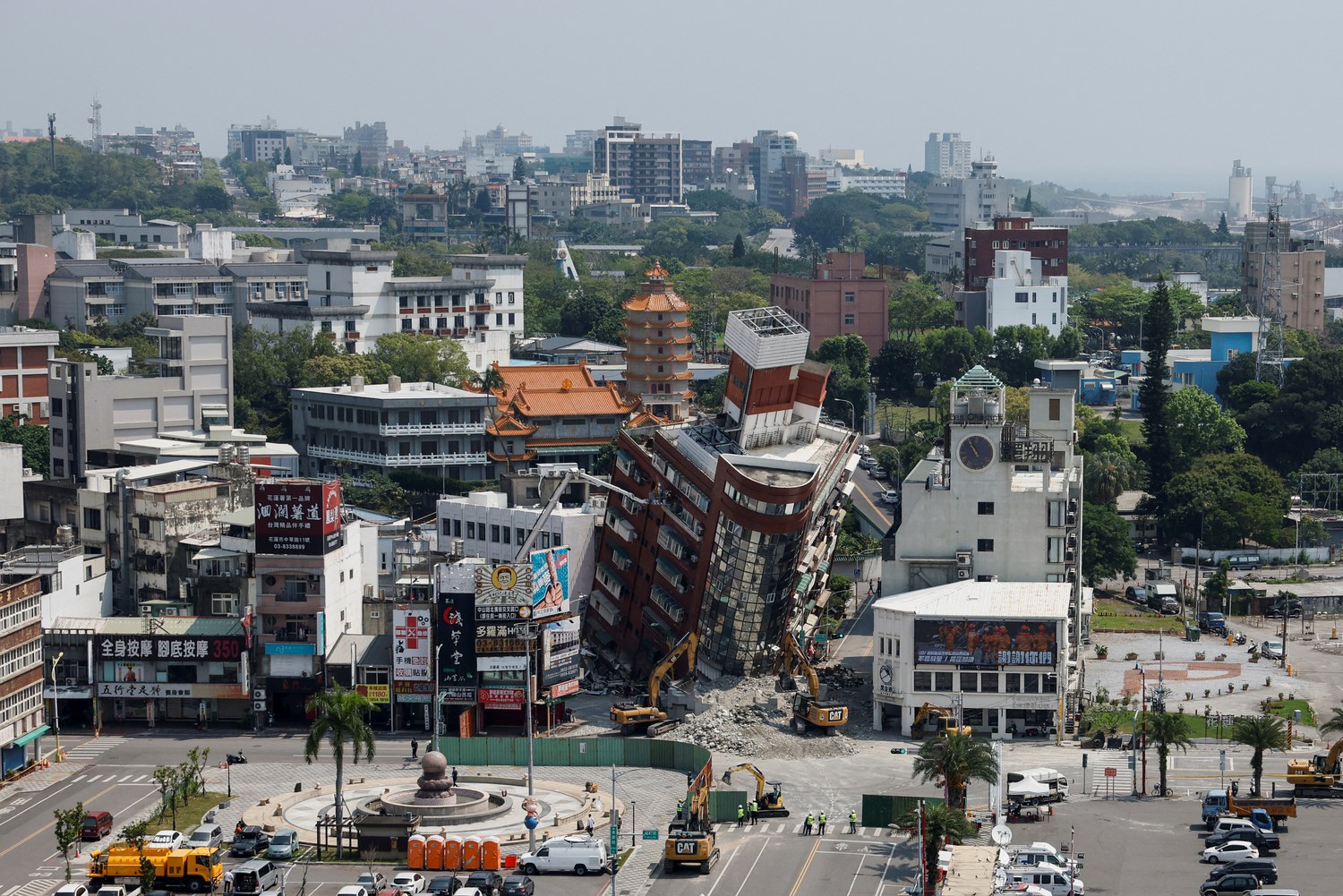
Updated April 3, 2024, 11:20 p.m. ET.
Rescue workers are searching for people still missing or trapped in the rubble after the worst earthquake to hit Taiwan in 25 years amid fears that casualties may rise.
Taiwanese authorities said that at least nine people were killed, more than 1,000 injured and nearly 100 people remain trapped in collapsed tunnels, mostly in Hualien County on the east coast, where the 7.4 magnitude earthquake hit on Wednesday morning.
The quake has also severely damaged the infrastructure in the area, with roads blocked with fallen rocks and railway lines to Hualien cut off, just as Taiwanese people began a major public holiday on Thursday.
By mid-day Thursday, the railway line between Yilan and Hualien counties has reopened but many sections of the Central Cross-Island Highway, or Provincial Highway 8, remain closed.
The military has been called in to help with recovery efforts. Two C-130 transport aircraft were dispatched to bring rescue teams and equipment to Hualien.
The official Central News Agency (CNA) reported that ships are being mobilized to bring supplies to the county.
Missing hotel workers
Most of the fatalities, caused by falling rocks, happened in Hualien – a picturesque mountainous area popular with hikers and tourists. The death toll being five women and four men so far.
Rugged terrain and damaged roads have made search and rescue operations harder.
It was reported that 47 employees of a Hualien hotel and 24 tourists are still unaccounted for at Jiuqudong, one of the most scenic sections in Taroko Gorge.

Taiwan’s National Fire Agency said 71 people are still trapped in two mines in Hualien after some tunnels collapsed in the earthquake.
According to the Hualien County Government, more than 600 people including residents and visitors have been placed in temporary accommodation. Shelters have also been set up in New Taipei City to accommodate earthquake victims.

Aftershocks are still being felt across Taiwan, with the government warning that tremors of up to 7 magnitude may occur in the next three days.
The Ministry of Economic Affairs reported that almost 400,000 households were experiencing power outages, as well as water stoppages, nationwide.
Eighty cell phone base stations suffered damage in the earthquake, causing communication disruptions. The National Communications Commission said it would work to repair all the stations by Friday.
Leading semiconductor manufacturer TSMC suspended operations on Wednesday and evacuated workers from some plants.
Despite its strength, the April 3 earthquake has not caused many fatalities thanks to the fact that the epicentre was far from populous urban areas, according to experts. The public’s preparedness also played a factor, after the highly destructive earthquake in 1999 that killed 2,400 people.
‘Thanks, but no thanks’
Taiwan’s Vice President and President-elect Lai Ching-te on Wednesday went to Hualien to inspect the aftermath of the earthquake. Lai, who is to be sworn in next month, said he was “fully committed” to assisting the Hualien county government as it works to shelter those displaced by the quake and rebuild.
“The priority now is to find and rescue those who remain trapped,” he said.
Leaders and senior officials from 47 countries including Japan, the U.S., the U.K. – to name a few – have expressed solidarity and offered assistance to Taipei, according to Taiwan’s Presidential Office.
Tibetan spiritual leader the Dalai Lama also expressed his sympathy to the earthquake victims via a post on Facebook.
Zhu Fenglian, head of China’s Taiwan Affairs Office – the organization in charge of cross-Strait relations – said in a statement that the mainland was “deeply concerned about the earthquake and expressed sincere condolences to Taiwan compatriots affected by the disaster.”
China “is willing to provide disaster relief assistance,” Zhu said.
However, the offer was declined by the Taiwanese authorities. Taiwan’s Mainland Affairs Council said in a statement that “we express our gratitude to the Chinese side for their concern” but “there is no need for the Chinese side to assist.”
Taiwan’s former president Ma Ying-jeou is currently in China on a friendly visit that has been criticized by some legislators from the ruling Democratic Progressive Party (DPP).
Frightened but calm
Taiwanese people have been sharing their own experiences from Wednesday’s earthquake.
A man, who identified himself as Li and lives just 500 meters from central Hualien, told Radio Free Asia’s Mandarin service that his building was seriously damaged and its 200 residents were rescued but now need to be resettled.
“After the earthquake hit, the main door was sealed. I was locked in my room for about half an hour.
“The tremors broke the windows and deformed the building structure, the ceilings collapsed, and the window grills, making it impossible to climb out. I learned that some people couldn’t stand on the road and had to hug trees to steady themselves.”
Another man named Lin described the quake as huge.
“The earth was shaking up and down, left and right for nearly a minute.”
But he kept his cool, saying: “I am so experienced. I am really used to it in Taiwan.”
Lan, a woman who lives in Taipei, told RFA: “I was about to go to work at the time, and I was relatively calm.”
“I think Taiwanese people are actually quite well trained in this regard, we know roughly what to do and just follow the instructions.”
Some people said that they actually learned about the earthquake from mainland Chinese sources. China’s Sina News issued an alert at 8:01 a.m. on Wednesday saying “The China Seismological Network detected an earthquake of 7.4 magnitude near Taiwan, China.”
But there was also disinformation, according to a woman named Li from Taipei: “The first time I saw it, the news was from mainland China saying that an earthquake of magnitude 8.4 was detected in Taiwan.”
“They also talked about suspension of work [in Taiwan]. Fake news was all over the…
Read the rest of this article here >>> Taiwan accelerates recovery efforts after worst quake in 25 years
China
China Opens Up Cross-Border Services Market with New Negative Lists for Market Access

China’s Ministry of Commerce released negative lists for cross-border services trade, clarifying restrictions for overseas companies selling services in China. This system aims to provide clarity, prevent arbitrary blocks, and facilitate market access expansion, aligning with WTO principles and setting the stage for future market opening in China.
China’s commerce regulator has released two new negative lists outlining services that overseas companies are prohibited or restricted from selling to China. The negative lists provide clarity for companies in a previously ambiguously regulated space, thus facilitating market participation and ensuring consistent implementation of the rules. At the same time, the lists relax restrictions in certain fields and lay the groundwork for future market access expansion in China’s cross-border services trade.
China’s Ministry of Commerce (MOFCOM) has released the country’s first-ever negative lists for China’s cross-border services trade, providing foreign companies with long-awaited clarity on which services can be sold to China.
The two negative lists, one applicable nationwide (the “national negative list”) and one applicable in China’s free trade zones (the “FTZ negative list”), stipulate the services that overseas companies are restricted from selling within China.
According to an explainer from MOFCOM, China previously implemented a so-called “positive list” system for China’s cross-border services trade. Under this system, overseas companies were permitted to sell certain services to China under various trade agreements with other countries. Services that were not included in these lists were regulated across different pieces of legislation, creating a somewhat confusing and inconsistent system.
While the new negative lists stipulate the fields that are restricted from participation by overseas companies, they are widely seen as a market access expansion, as they give the green light to companies to operate in all service fields not placed on the lists. This will also prevent local authorities from arbitrarily blocking the sale of services that are not included in the negative lists, a situation that has previously occurred where rules on market access were vague.
The cross-border service negative lists are significant not only because they remove ambiguity for overseas companies, but also because they form part of a new system governing China’s cross-border services trade that clears the path to further market opening in the future – what MOFCOM calls a “tiered opening system (梯度开放体系)”.
MOFCOM’s definition of “cross-border service trade” encompasses three types of cross-border activity: cross-border delivery, overseas consumption, and movement of natural persons. This definition aligns with the WTO’s General Agreement on Trade in Services.
This article is republished from China Briefing. Read the rest of the original article.
China Briefing is written and produced by Dezan Shira & Associates. The practice assists foreign investors into China and has done since 1992 through offices in Beijing, Tianjin, Dalian, Qingdao, Shanghai, Hangzhou, Ningbo, Suzhou, Guangzhou, Dongguan, Zhongshan, Shenzhen, and Hong Kong. Please contact the firm for assistance in China at china@dezshira.com.


